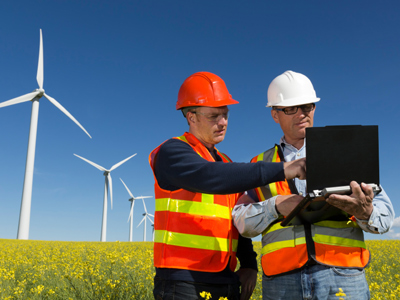The electrical energy generated at power stations is transferred into other forms of energy by our machines and electronic devices.
Once transferred into other forms, energy then becomes more difficult for us to use, it is then called wasted energy. An example of this is a car engine running on gasoline. An engine converts the chemical energy of its fuel into heat energy by burning. The gasses created by burning the fuel have a larger volume than the fuel itself, this fact is used to create kinetic energy as these gasses cause the pistons to move. This kinetic energy is then used to drive the wheels round. Only about 30 percent of the energy contained in the original gasoline is actually transferred into kinetic energy that moves the car, the rest is wasted as heat, sound and light energy and simply disperses into the air. Diesel engines are slightly better at transferring energy, up to 40 percent ends up as useful kinetic energy.
The amount of energy that is transferred by something is called the efficiency. It can be calculated as a percentage by dividing the amount of useful energy transferred by the original amount of energy available. It is then converted into a percentage by multiplying by one hundred. This efficiency can be calculated using either energy or power. Using more efficient devices will reduce the amount of energy wasted which will benefit the whole world.
We talk of energy being renewable or non-renewable. As science has progressed, humans have begun to realize that our supplies of chemical energy won't last forever. Once they are gone, we will have to wait for tens of millions of years for them to be re-formed so we need to regard these as being non-renewable. Scientists and engineers are therefore trying to find ways of using other sources of energy ~ for example, the wind, waves and tides, the heat of the earth and energy from the Sun. We call these renewable energies because they will always be there, or at least for as long as the Earth exists.
The big problem is that these alternative forms of energy are much less concentrated than the chemical energy of the fossil fuels. This makes them more difficult to use ~ for example, it is said that it could take about 6,000 wind turbines spread out over 250,000 acres to replace one power station. Some of these could be built out at sea but this then brings other problems.








